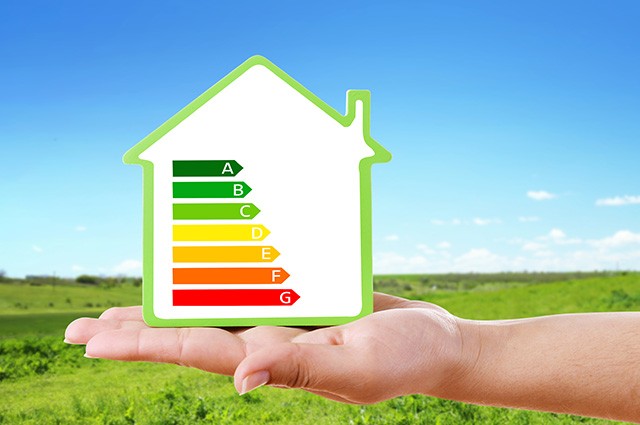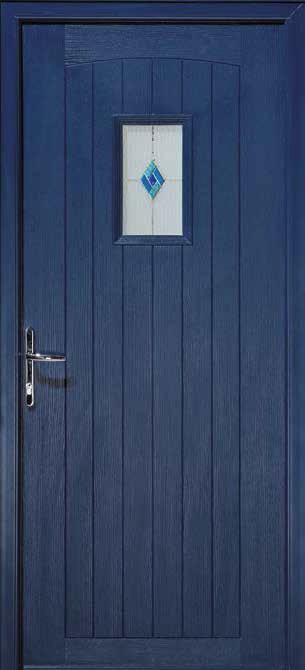In today’s modern home, energy efficiency is one of the prime factors in renovations and new builds when comparing uPVC windows and doors. Here are soe commonly asked questions about our products and enery efficiency.

Some commonly asked questions:
The U-value (also known as U-factor) is the measure of a product’s ability (window or door with glazing in this case) to conduct heat between one surface or side to the other. The lower a product’s U-value, the better it is at insulating your home.
There are a number of factors from how the frame and sashes are engineered to the type of glass used, be it single, double or triple-pane glazing. Other factors include the weatherstripping where separate surfaces meet, the type of low-emissivity coating on the glass used, and the presence of argon or krypton gas between the glass panes.
Low-E stands for ‘low emissivity’ and is a fairly new advancement in glass technology. A microscopic, metallic coating is applied to the surface of the glass. This coating reflects and re-radiates heat energy either into or out of a home depending on the climate conditions. Using Low-E is an excellent way to increase the energy efficiency of a window or door.
Yes. High-quality, custom-built storm windows represent a practical way to improve the efficiency of existing windows as long as they are in good condition. Choose only high-quality, custom-built storm products for your existing windows to ensure the tightest fit possible and to seal out the elements.
Yes. For air to act as a better insulator, it needs to be as still as possible as moving air current carry energy. Both argon and krypton are heavier than air, so they are less prone to convection or thermal movement. Thus, heavier-than-air gases offer a higher level of insulation. Argon and krypton are both found naturally in the air you breathe and are completely harmless.
Didn’t find the answer?
Contact our knowledgable staff who are here to help with your queries.


